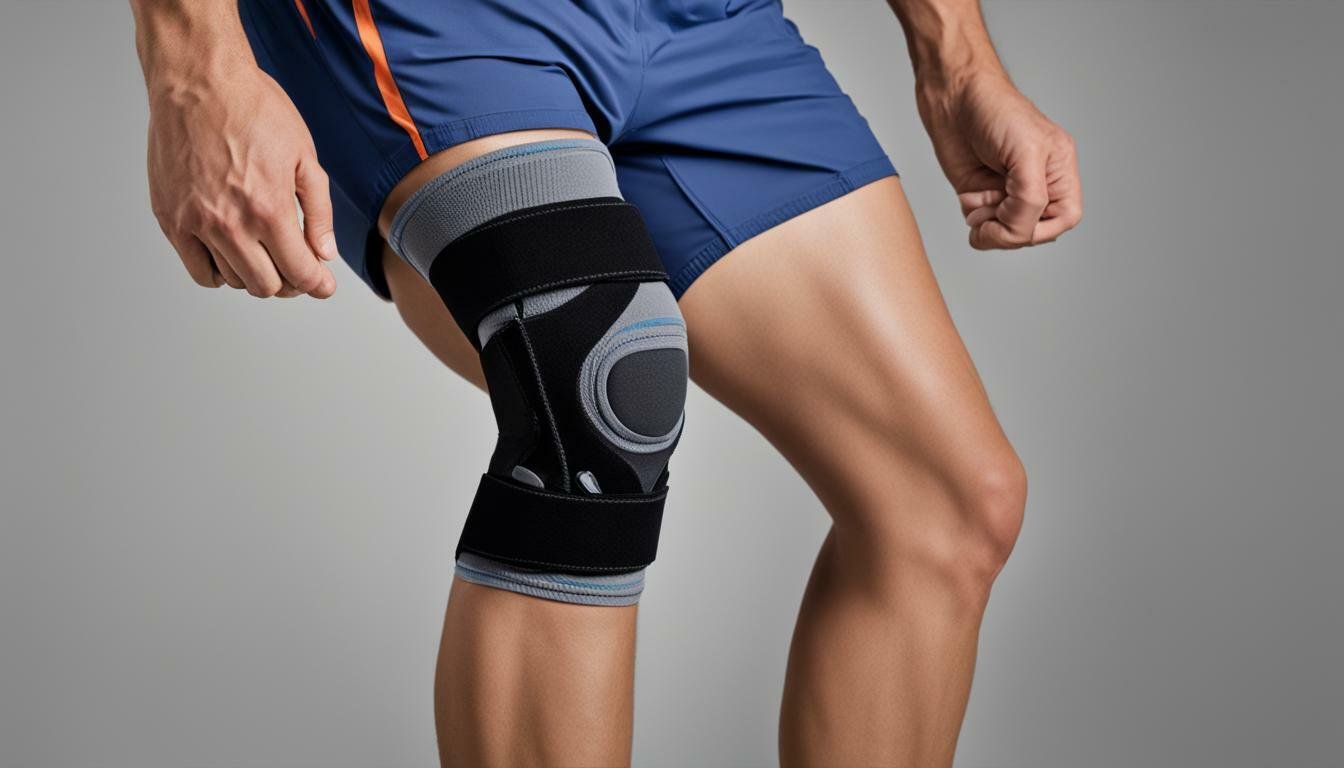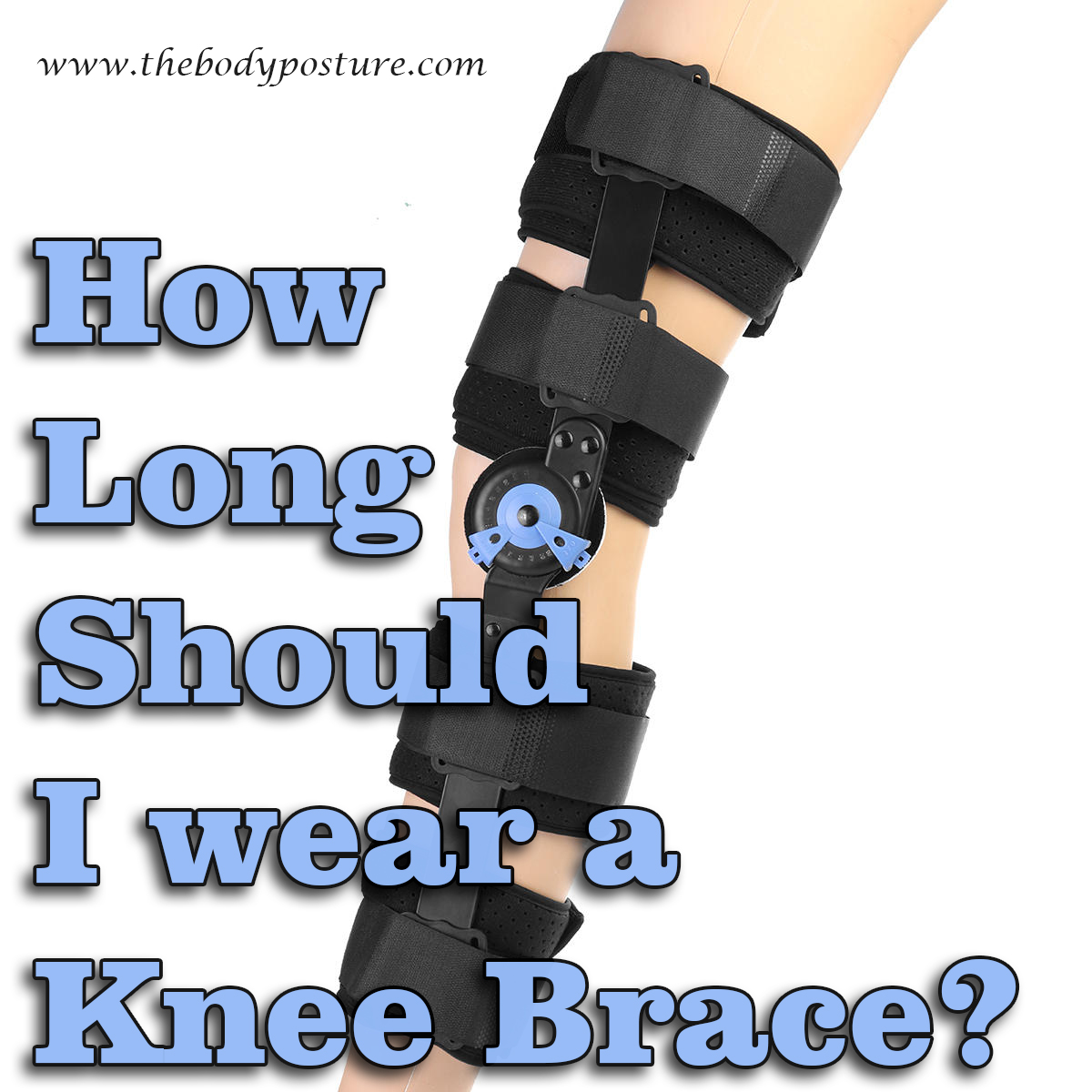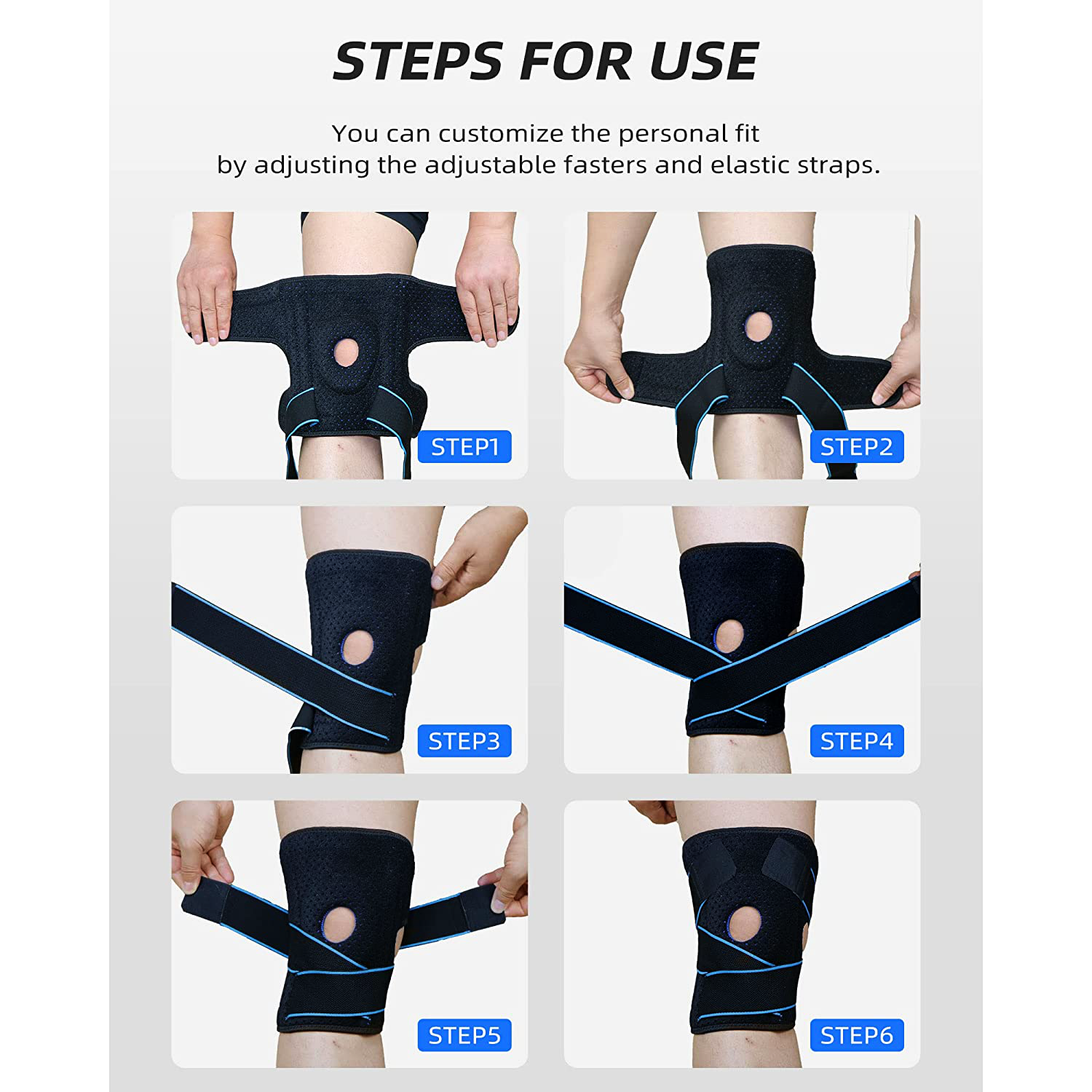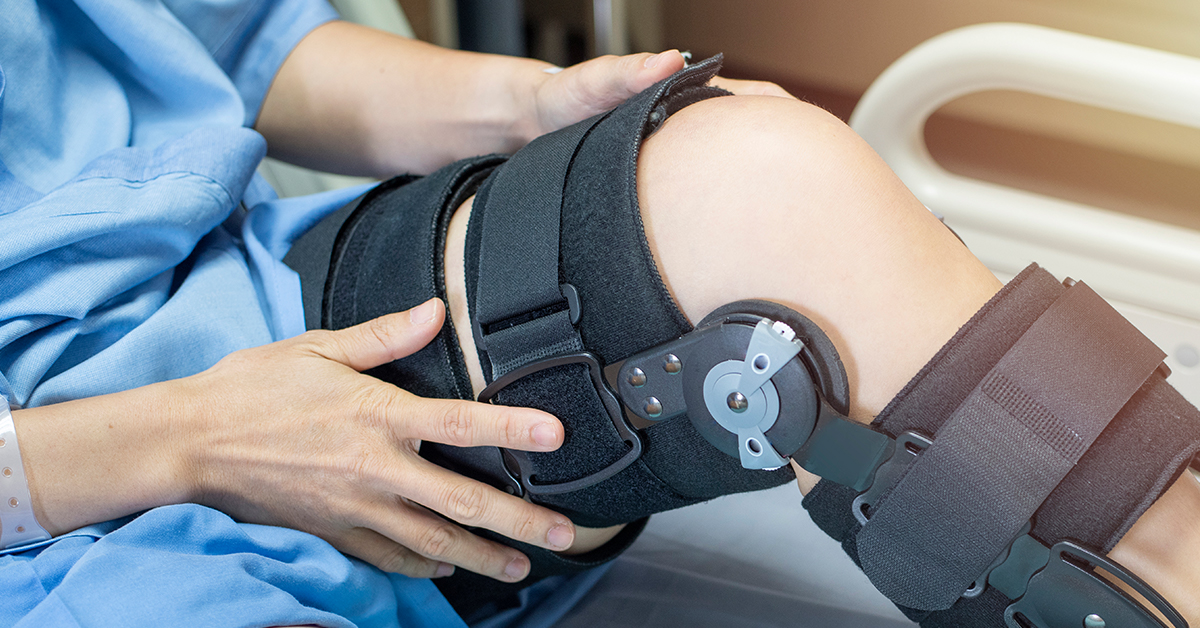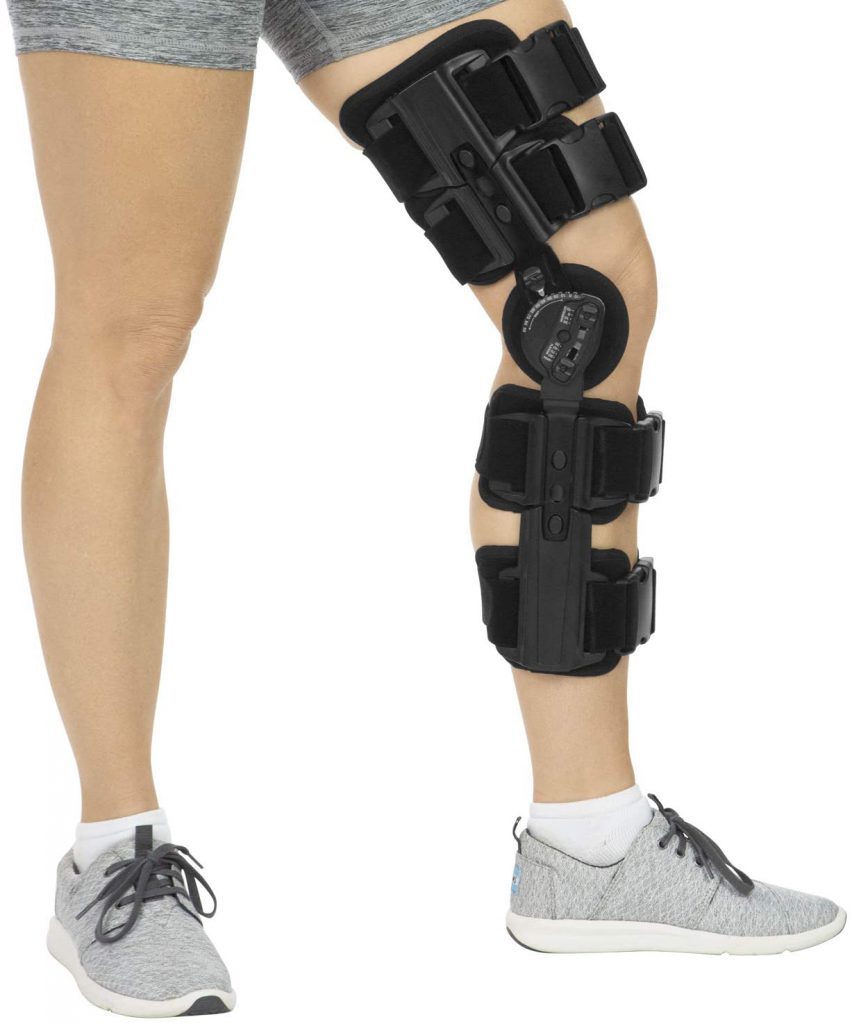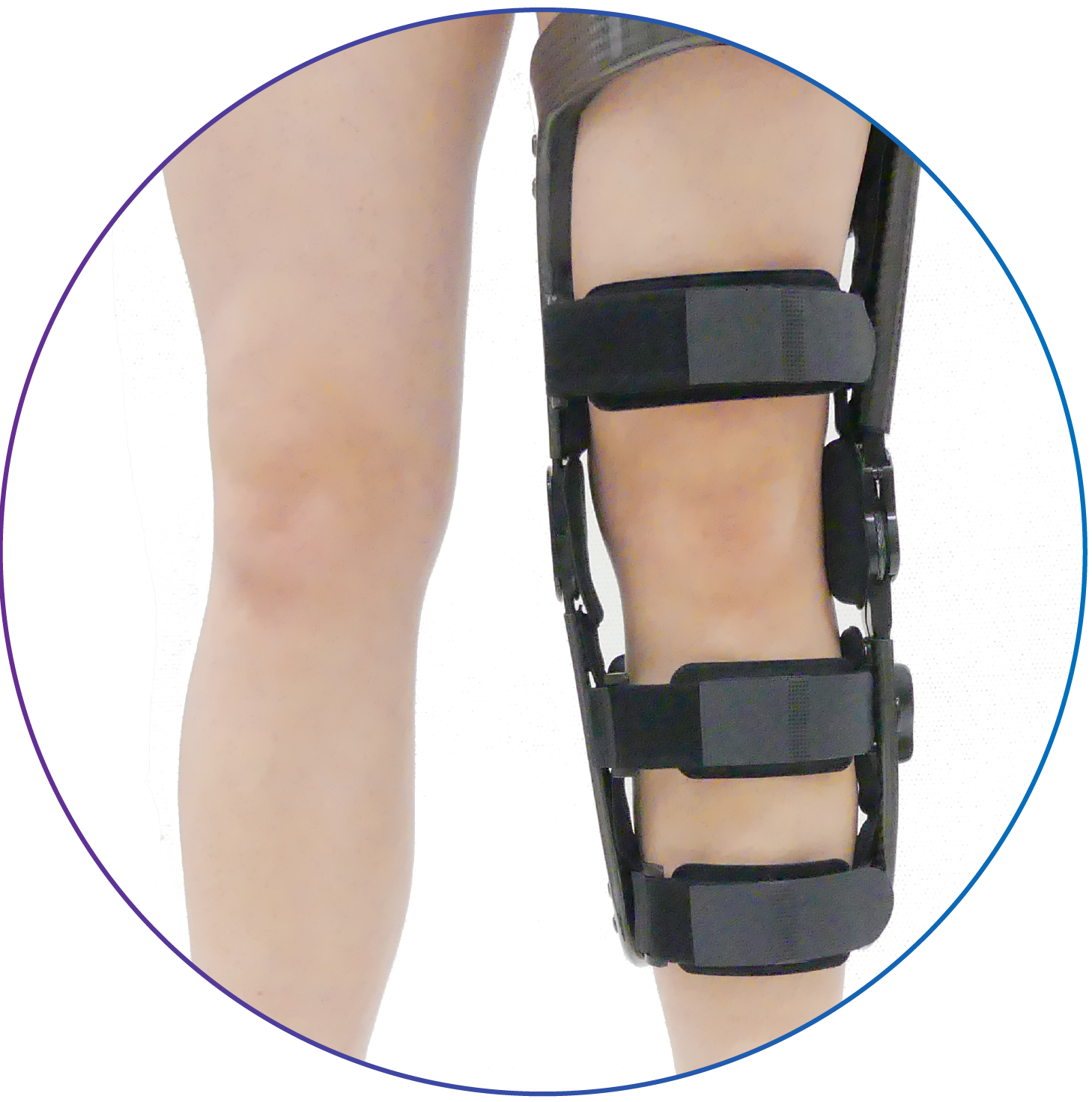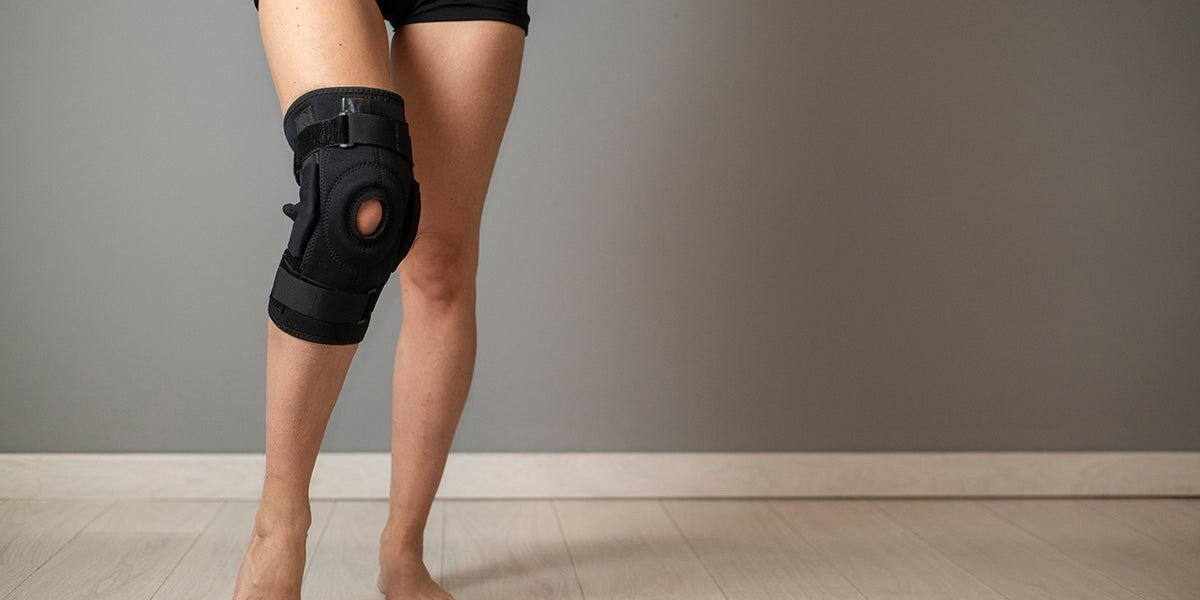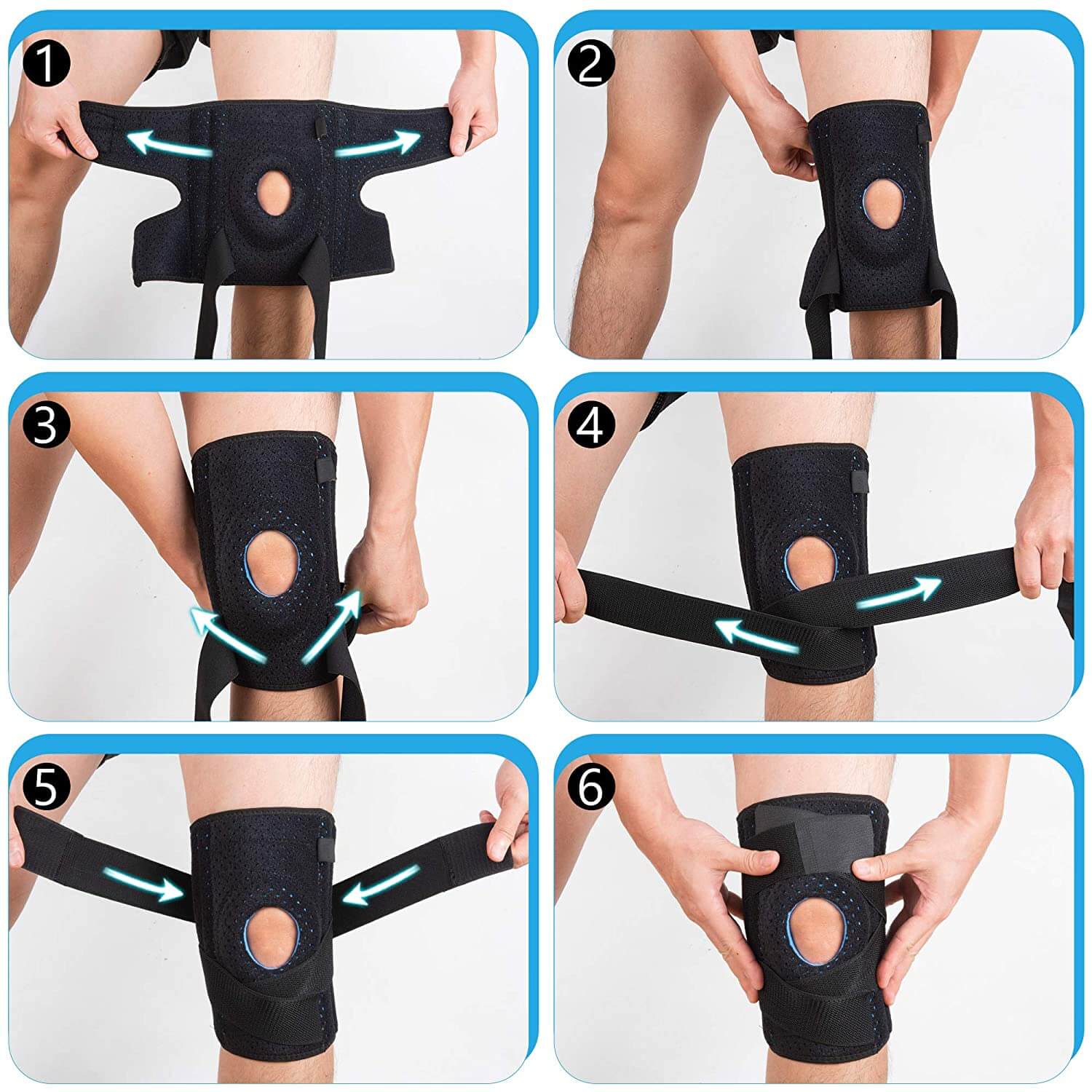How Long Do You Wear A Knee Brace
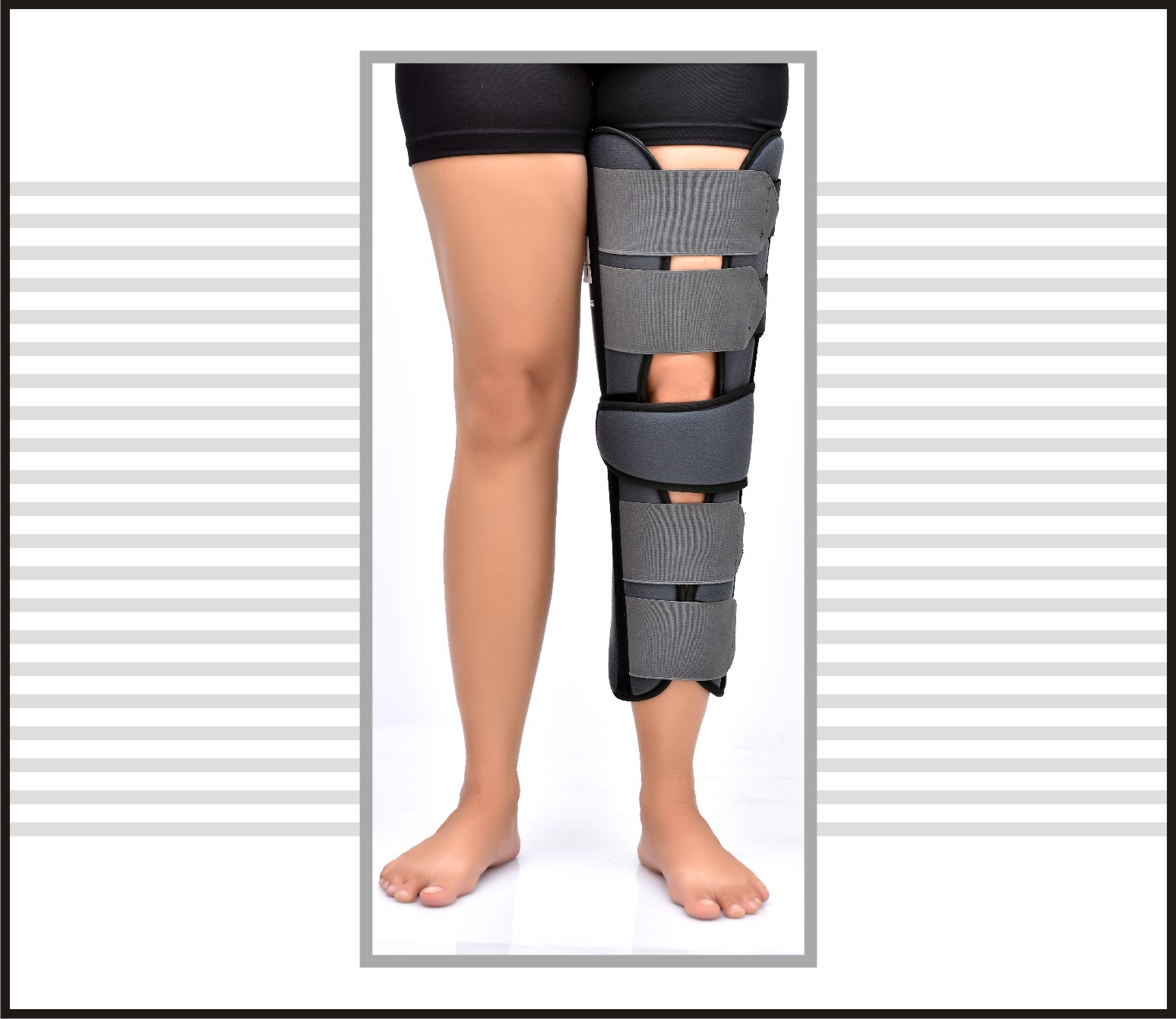
Knee brace usage duration is a critical concern for injury recovery and management. The length of time you need to wear a knee brace varies significantly, depending on the severity and type of injury, treatment plan, and individual healing progress.
Understanding this timeline is crucial for effective rehabilitation and preventing further complications.
Factors Influencing Knee Brace Duration
Several factors dictate how long you might need a knee brace.
Type and Severity of Injury
Minor sprains may only require a brace for a few weeks, while more severe injuries like ACL tears or fractures may necessitate months of support.
The more damage, the longer the recovery and the greater the brace's role during that period. Consider consulting with an orthopedic specialist for accurate diagnosis.
Post-Operative Support
After knee surgery, braces are often worn for 4-8 weeks, or even longer.
This helps stabilize the knee, control range of motion, and protect the healing tissues during the initial recovery phase.
Adhering to your surgeon's specific instructions is paramount.
Conservative Treatment
Non-surgical management of knee injuries often involves a brace to provide stability and pain relief.
The duration typically ranges from 2-6 weeks, depending on the injury's nature and how well you respond to physical therapy.
Following your physical therapist's guidance is key for a safe and effective recovery.
Activity Level
Athletes or individuals with physically demanding jobs might need to wear a brace longer to ensure stability and prevent re-injury.
They may use a brace during sports or work, gradually reducing dependency as strength and stability improve.
Consult your doctor or physical therapist about returning to activities and the continued use of a brace.
Types of Knee Braces and Their Typical Duration
Different types of knee braces serve different purposes and thus have varying usage durations.
Hinged Knee Braces
These are commonly used after surgery or for significant ligament injuries.
They allow controlled movement, and the duration can range from 4-12 weeks or longer, depending on recovery progress.
Regular follow-ups with your doctor are essential to adjust settings or wean off the brace.
Sleeve Braces
Sleeve braces offer compression and support for mild sprains or strains.
They are usually worn for a few weeks, or as needed during activities, to reduce pain and swelling.
These braces are a good option for returning to activities after an injury.
Patellar Stabilizing Braces
These braces help keep the kneecap in place for patellar instability issues.
Usage varies based on the underlying condition and activity level, ranging from a few weeks to long-term support during sports.
It's important to strengthen muscles around the knee when using patellar stabilizing braces.
Offloader Braces
These braces shift weight from the affected side of the knee, often used for osteoarthritis.
Patients often wear them for daily activities and exercise as needed, potentially for extended periods.
Consider offloader braces as a long-term option to manage pain and improve mobility.
Determining When to Stop Wearing a Knee Brace
It's crucial to understand that you should only stop wearing a knee brace when your healthcare provider advises it.
Pain Reduction
A significant decrease in pain is a positive sign, but not the sole indicator for discontinuing brace use.
Consult your doctor or therapist if you experience pain reduction and feel you can stop wearing the brace.
Do not make decisions without professional guidance.
Improved Stability
Increased stability and the ability to bear weight without pain or giving way are crucial factors.
Your physical therapist will assess your stability through various tests.
Following a structured exercise program can help regain stability.
Regained Range of Motion
Achieving a near-normal range of motion is often a prerequisite before discontinuing the brace.
Restrictions in range of motion can indicate the need for continued brace use.
Your physical therapist will guide exercises to improve flexibility and range of motion.
Muscle Strength Recovery
Restoring strength in the muscles surrounding the knee is essential for long-term stability.
Weak muscles can increase the risk of re-injury.
A comprehensive strengthening program should be implemented.
Risks of Discontinuing Brace Use Too Early
Stopping brace use prematurely can have serious consequences.
Re-injury
Returning to activities before the knee is fully healed significantly increases the risk of re-injury.
This can lead to prolonged recovery times and potential complications.
Allow adequate healing time.
Chronic Instability
Prematurely stopping brace use can lead to chronic instability, especially after ligament injuries.
This instability can result in recurrent pain, swelling, and difficulty with daily activities.
It may also increase the risk of developing arthritis.
Delayed Healing
Taking the brace off before your knee is ready can delay the healing process.
It can increase inflammation and prolong discomfort.
Listen to your doctor and follow their recommendations.
Conclusion
The duration of knee brace usage is highly individual, determined by injury severity, treatment type, and progress. Consult your healthcare provider, whether it's an orthopedic surgeon, primary care physician, or physical therapist for tailored guidance and regular evaluations. Adhering to their recommendations and participating in a comprehensive rehabilitation program are key to a safe and successful recovery. Do not rush the process and prioritize long-term knee health.


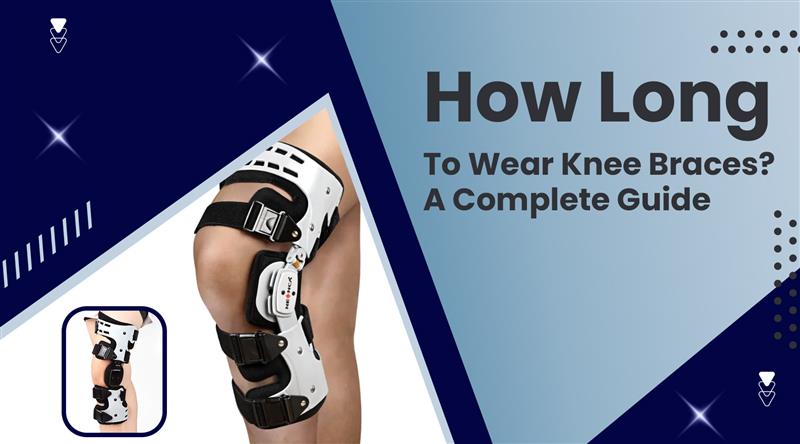
:max_bytes(150000):strip_icc()/146275121-56a72a995f9b58b7d0e7802c.jpg)

